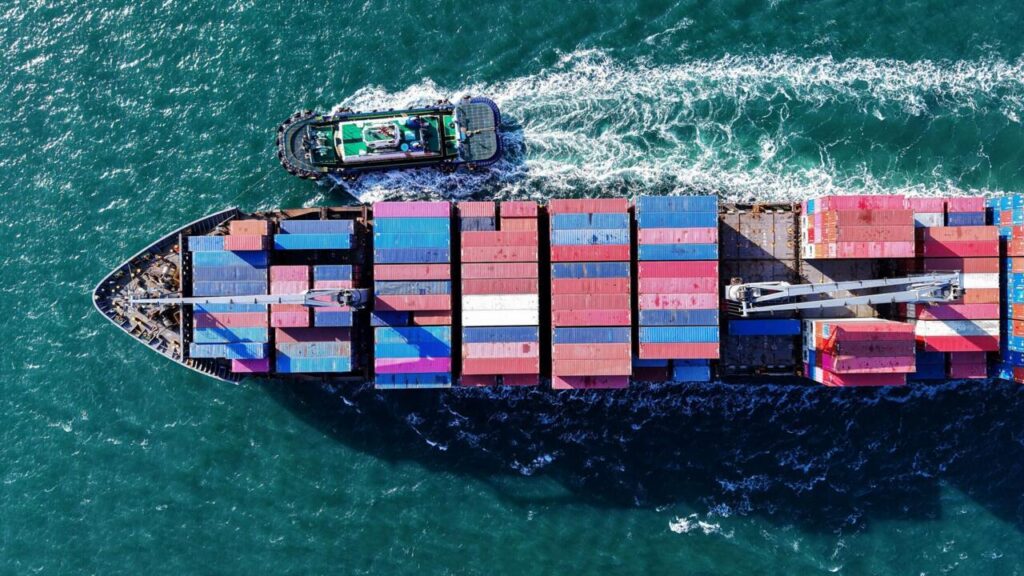
Shipping rarely makes headlines for positive reasons. The industry often laments that the public only notices it during disasters, while the silent work of transporting 90% of global trade goes unnoticed. But the reality is more complex. Shipping is increasingly under scrutiny for its handling of major societal issues, and much of the criticism is self-inflicted. A prime example is its approach to carbon emissions—a strategic misstep with far-reaching consequences.
The Current State of Affairs
Shipping’s carbon emissions surged in recent decades, paused briefly during the economic crisis, and are projected to rise significantly in the coming years. While carbon intensity has seen minor improvements, these gains are overshadowed by the growth in global trade. Though the Paris Agreement doesn’t explicitly mention shipping, the International Maritime Organization (IMO) is tasked with addressing the sector’s climate impact.
Shipping’s Response: A Mixed Record
At best, shipping has done what it could. At worst, it has chosen the path of least resistance. The industry celebrated a 10% emissions drop between 2007 and 2012, but this was largely due to slowed trade and “slow steaming.” The Energy Efficiency Design Index (EEDI) was hailed as a milestone, yet it merely formalized measures that would have been adopted regardless. Meanwhile, endless debates over data collection have dominated discussions, revealing deep internal divisions. In the process, shipping has made two critical strategic errors:
1. Mismanaging Expectations
After the Paris Agreement, shipping representatives claimed they wished the sector had been included. They promised strong action at the IMO. Yet, months later, even forming a working group to discuss next steps proved contentious. The IMO Secretary General framed data collection as progress, but it paled in comparison to aviation’s emissions trading scheme. Now, industry associations call for “ambitious action,” yet their proposals focus on timelines rather than concrete targets. This cycle of grand promises and underwhelming results erodes trust and credibility.
2. Defending the Status Quo
Shipping’s lobbying playbook seems to prioritize resistance over innovation. The sector fought to stay out of the Paris Agreement, arguing for IMO-led regulation. It also pressured EU lawmakers to exclude shipping from the Emissions Trading Scheme (ETS), despite claiming to support global solutions. Why not push for a global market-based mechanism? Why not engage emerging economies to drive decarbonization? By opposing change rather than advocating for it, shipping risks inviting the very regional regulations it seeks to avoid.
A year after COP21, shipping lags behind. Unlike aviation, it lacks a clear target or mechanism to align with the Paris Agreement. Data collection is a start, but it must not delay urgent action. The industry needs a concrete emissions target and a roadmap for market-based solutions—before it’s too late.

